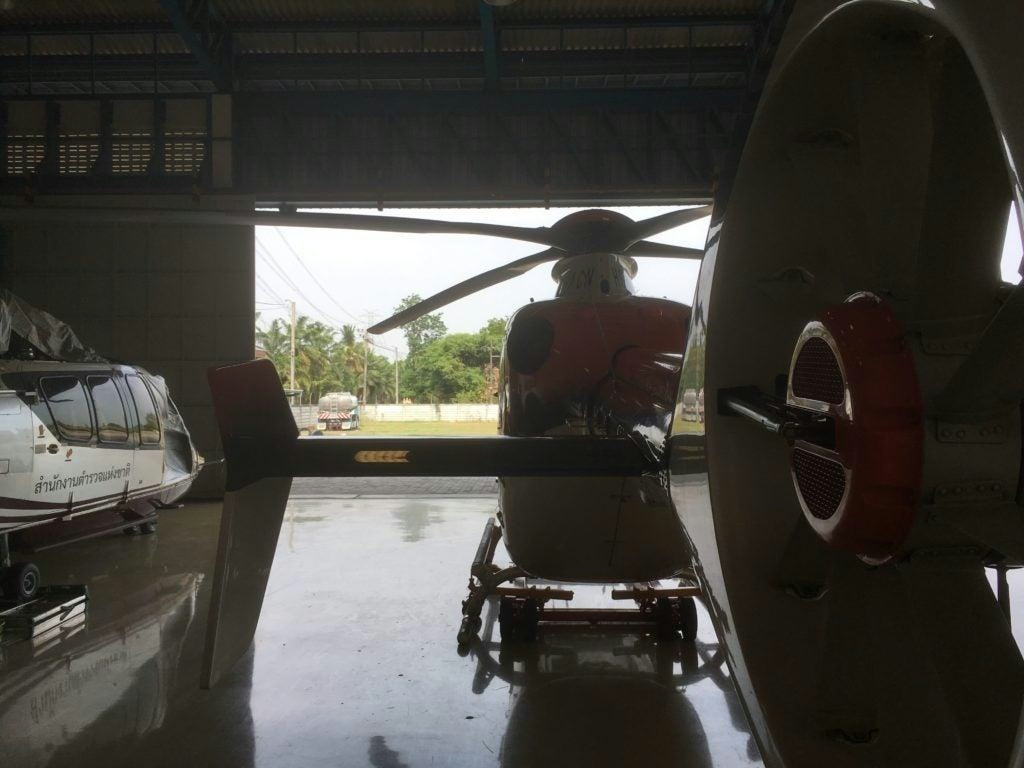
AeroGenie - مساعد الطيار الذكي الخاص بك.
الرائج الآن
Categories
Wide-Body Aircraft Values Rise as Long-Haul Market Recovers
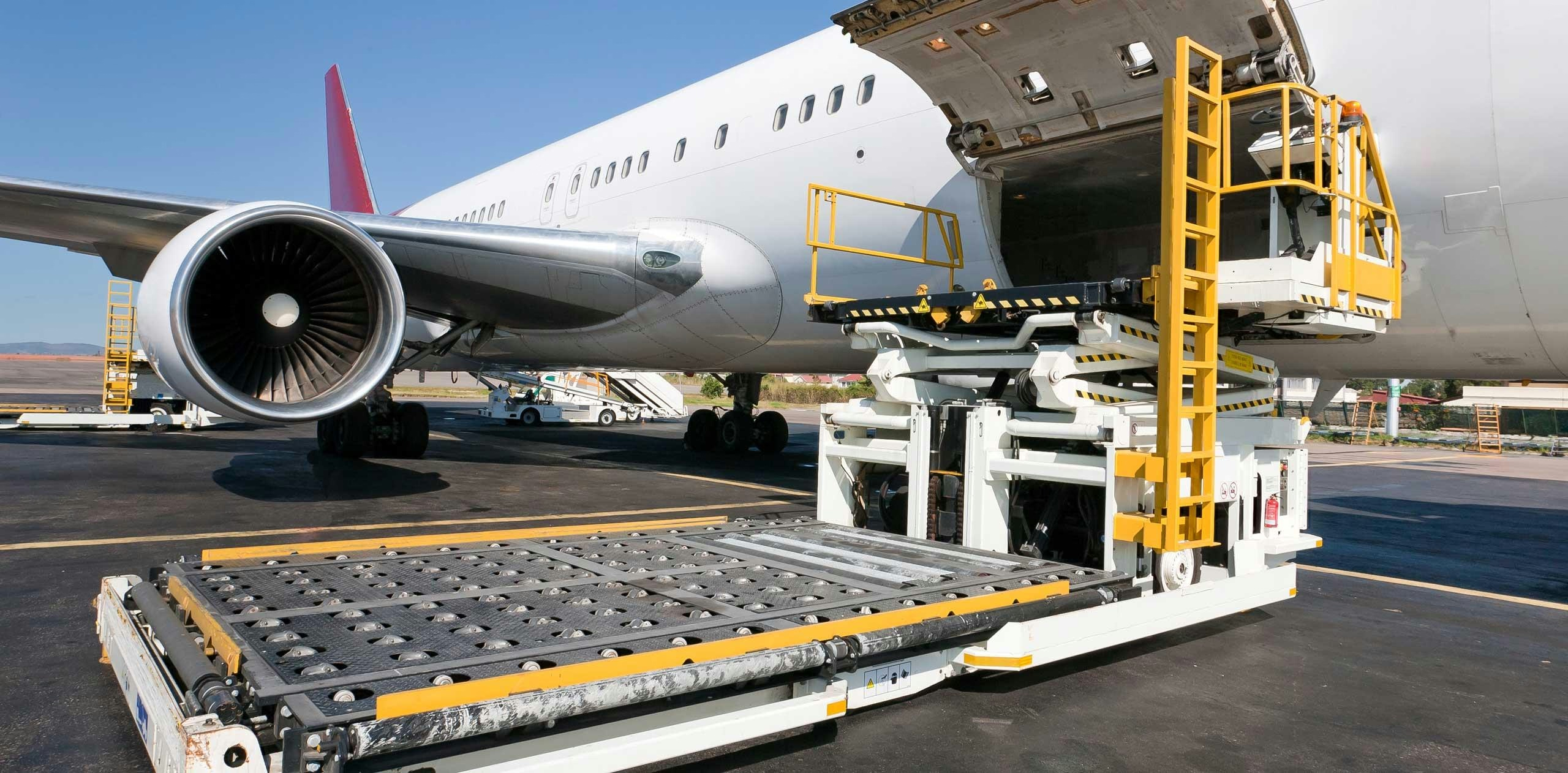
Wide-Body Aircraft Values Rise as Long-Haul Market Recovers
Market Recovery and Value Trends
Market values for new-generation wide-body aircraft have increased by an average of 11.6% since 2021, according to aviation intelligence firm IBA. This rise marks a significant rebound following an 8.6% decline in values compared to 2019, driven by the pandemic’s impact on long-haul travel. Currently, most wide-body models—including the Airbus A350-900, A350-1000, and Boeing 787-9—exhibit market value-to-base value ratios at or above 100%. This reflects strong trading activity, ongoing fleet renewal efforts, and persistent supply constraints within the sector.
Hashen Hewawasam, IBA’s Head of Commercial Aircraft Valuation, attributes the accelerated recovery since early 2023 to the resurgence of international travel and increased premium leisure traffic. The expansion of long-haul capacity, combined with production bottlenecks at original equipment manufacturers (OEMs) and delivery schedules extending into the 2030s, has created a seller’s market for wide-body aircraft.
Model-Specific Developments and Market Dynamics
The Boeing 787-9 remains the most sought-after wide-body model, with market values now exceeding base values across all age groups. The 787-10 has also rebounded to base value levels, particularly among new production units. Meanwhile, the 787-8 has experienced the fastest market value gains despite limited new deliveries, although it still lags slightly behind base value. The Airbus A350-1000 has benefited from delays to Boeing’s 777X program, attracting significant orders and supporting value growth alongside the A350-900. Additionally, the A330-900 is gaining traction in the secondary market as an attractive replacement for the older A330ceo.
The sale-and-leaseback (SLB) market has played a notable role in driving value growth, as airlines seek capital and new lessor entrants offer competitive pricing and lease rates. IBA anticipates that values for new-generation wide-bodies will continue to rise, supported by inflationary pressures, OEM price escalations, and the ongoing recovery in long-haul travel demand. Although growth is expected to lag behind that of narrow-body aircraft due to lower production and trading volumes, the outlook for wide-body values remains robust.
Emerging Challenges and Industry Outlook
The resurgence of the business aviation sector is introducing new competitive dynamics. JetLoan Capital’s $110 million in financing during the second and early third quarters of 2025 underscores increasing competition for capital and market attention as demand for long-haul travel recovers. This trend may encourage wide-body manufacturers to increase production or pursue strategic partnerships, similar to Bombardier’s recent expansion efforts in South America.
Market sentiment remains positive, with sustained transaction momentum anticipated throughout the year. However, regulatory and operational challenges persist, particularly as airports such as Los Angeles International intensify noise reduction initiatives. These factors, alongside evolving airline strategies and shifting capital flows, are shaping a complex environment for wide-body aircraft values as the industry continues to adapt to post-pandemic realities.
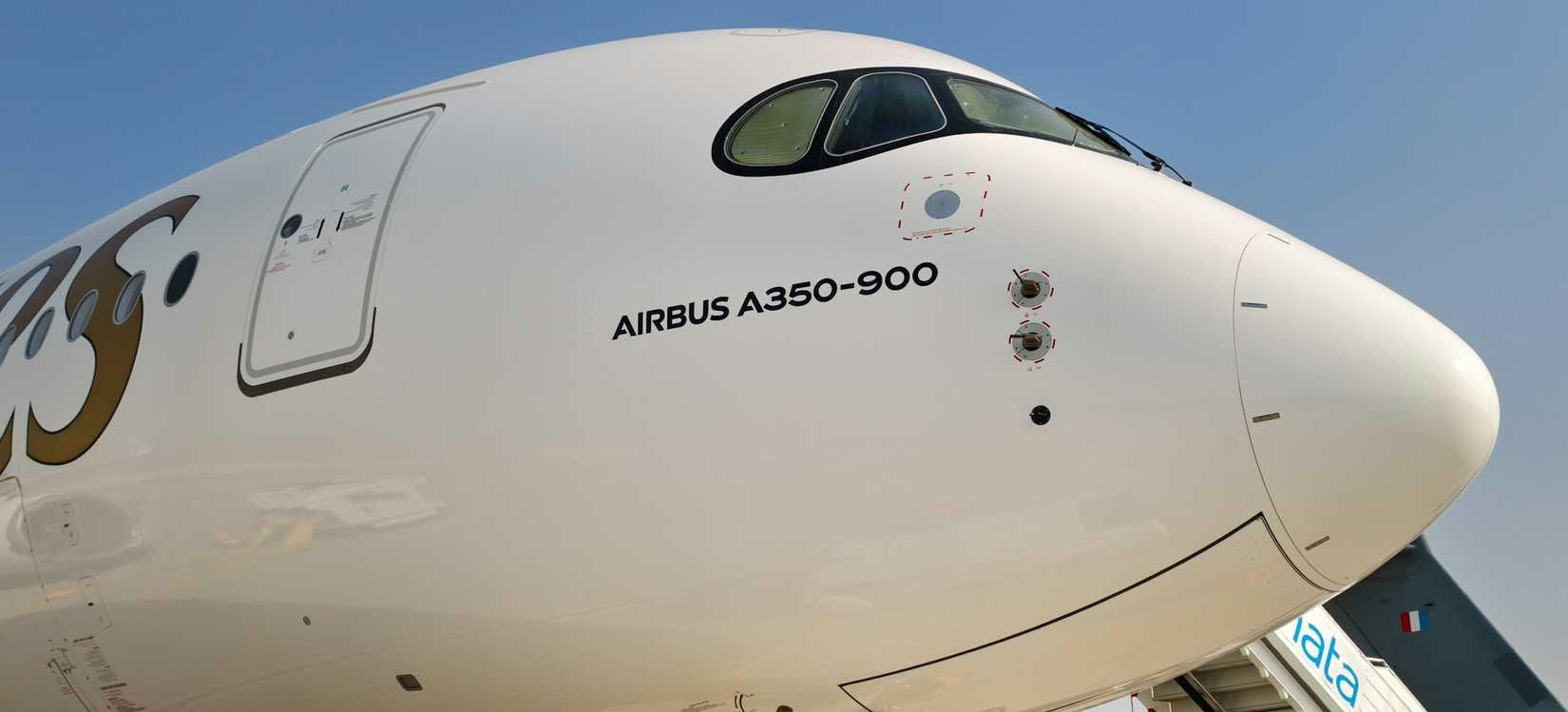
Airline to Operate Fastest-Growing Airbus A350 Fleet in 2025
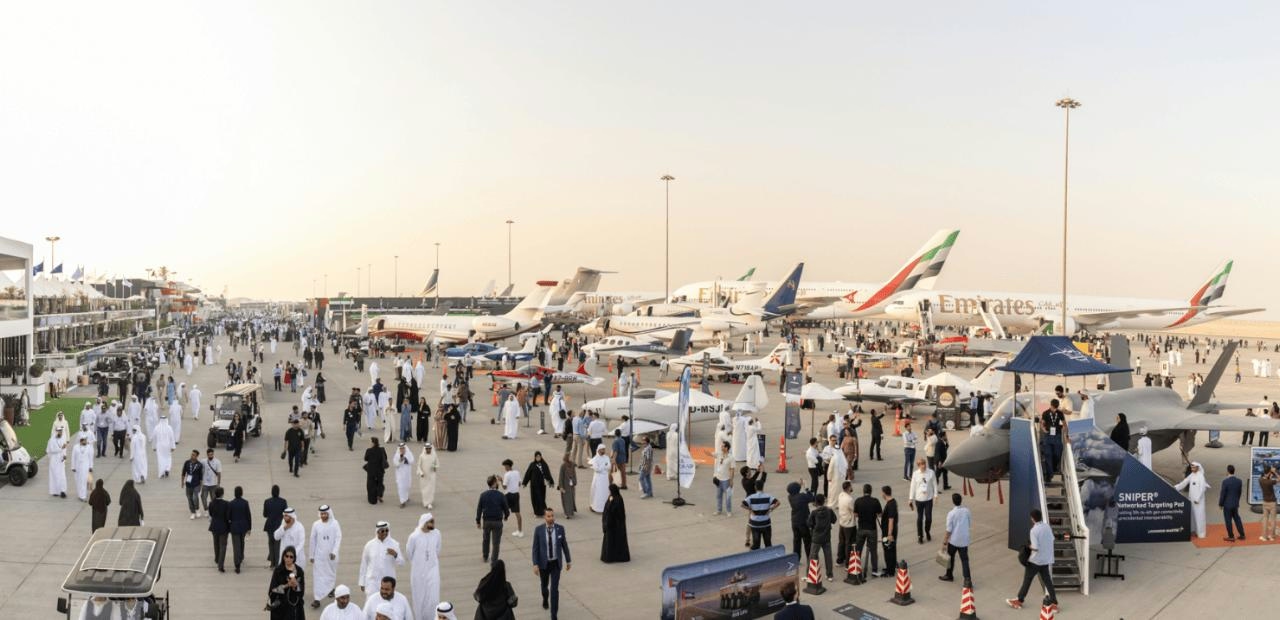
Largest Aircraft Orders Worldwide in 2025
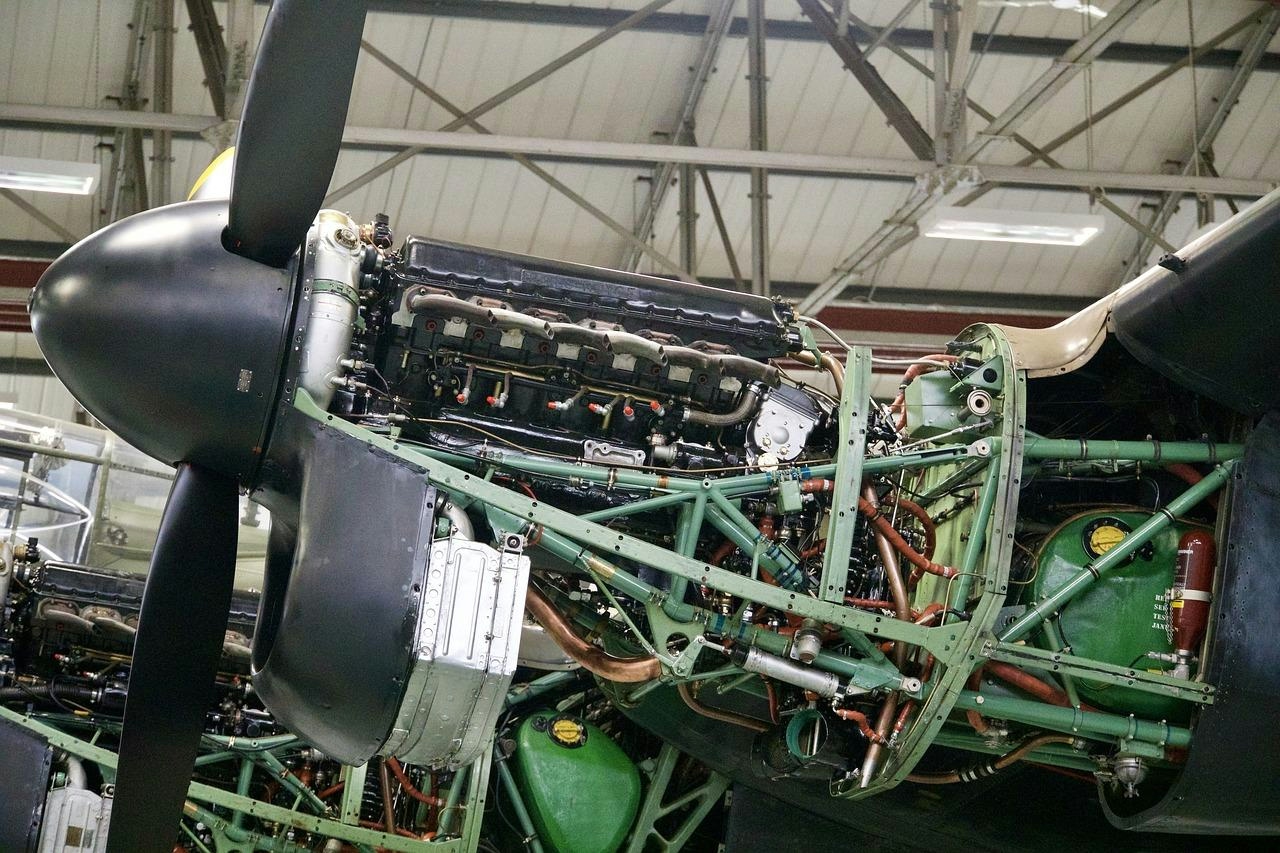
Adani Group to Enter Engine Maintenance and Aircraft Conversion Sectors
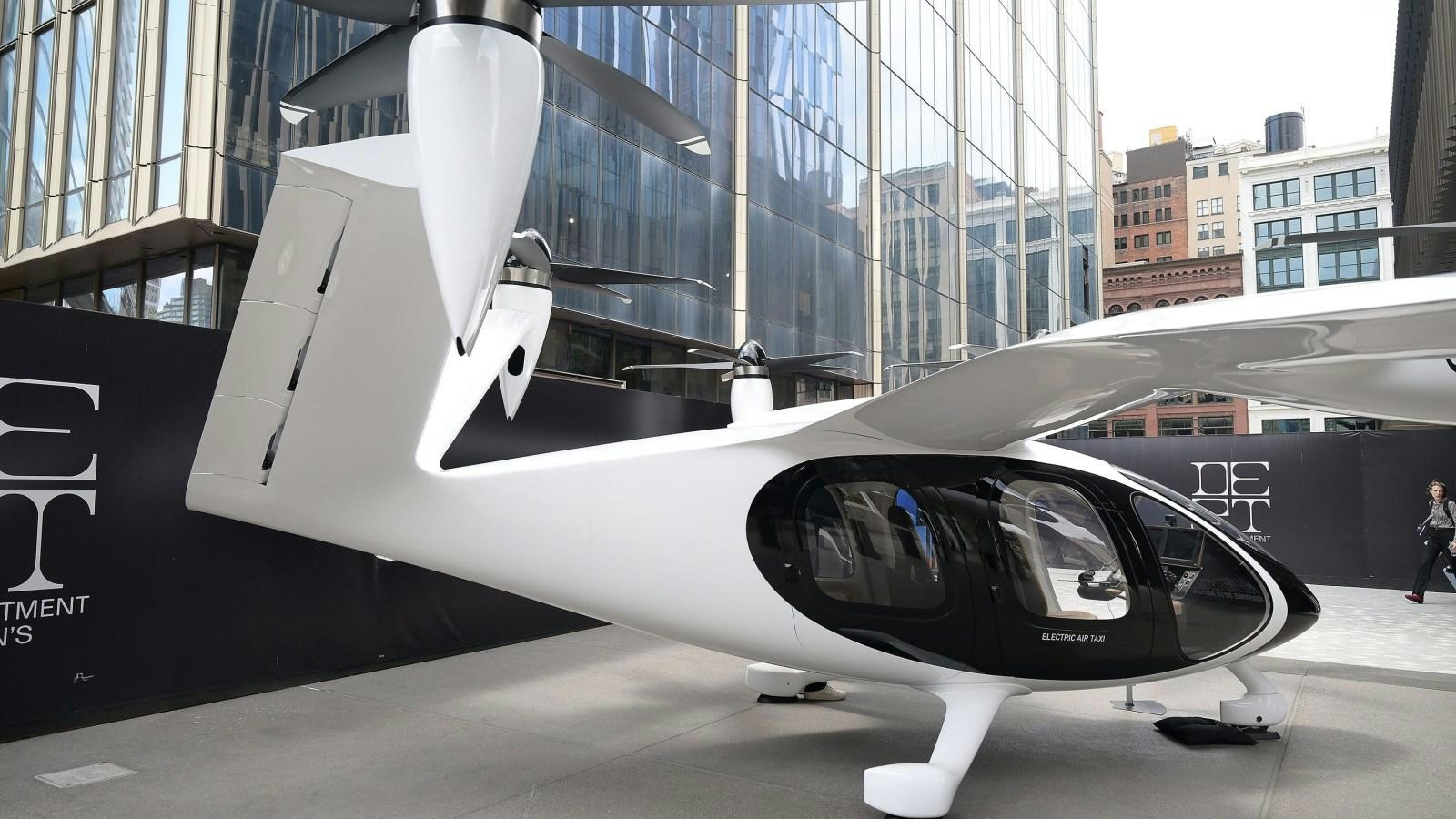
Joby Aviation Positioned to Lead Air Taxi Market by 2026
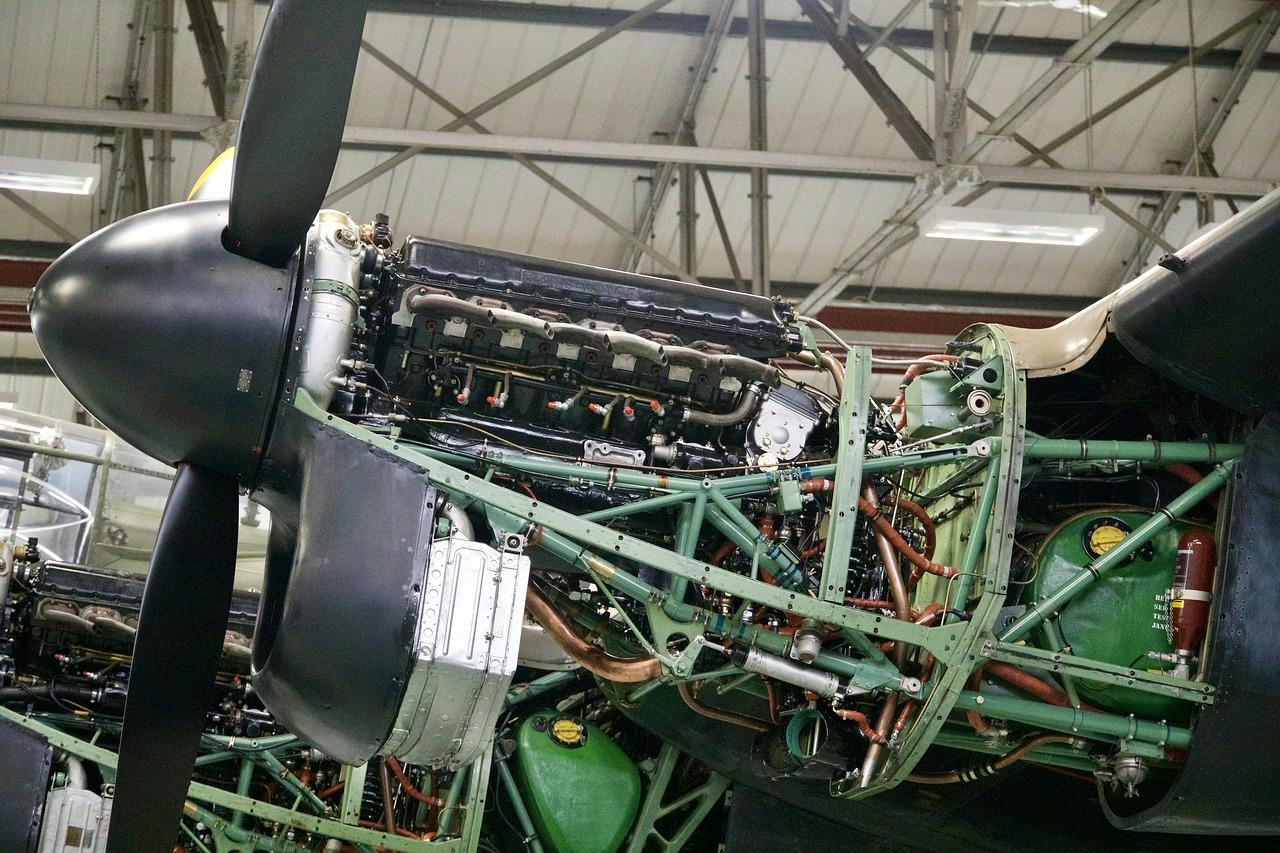
Adani Group Expands into Aircraft Maintenance and Conversion
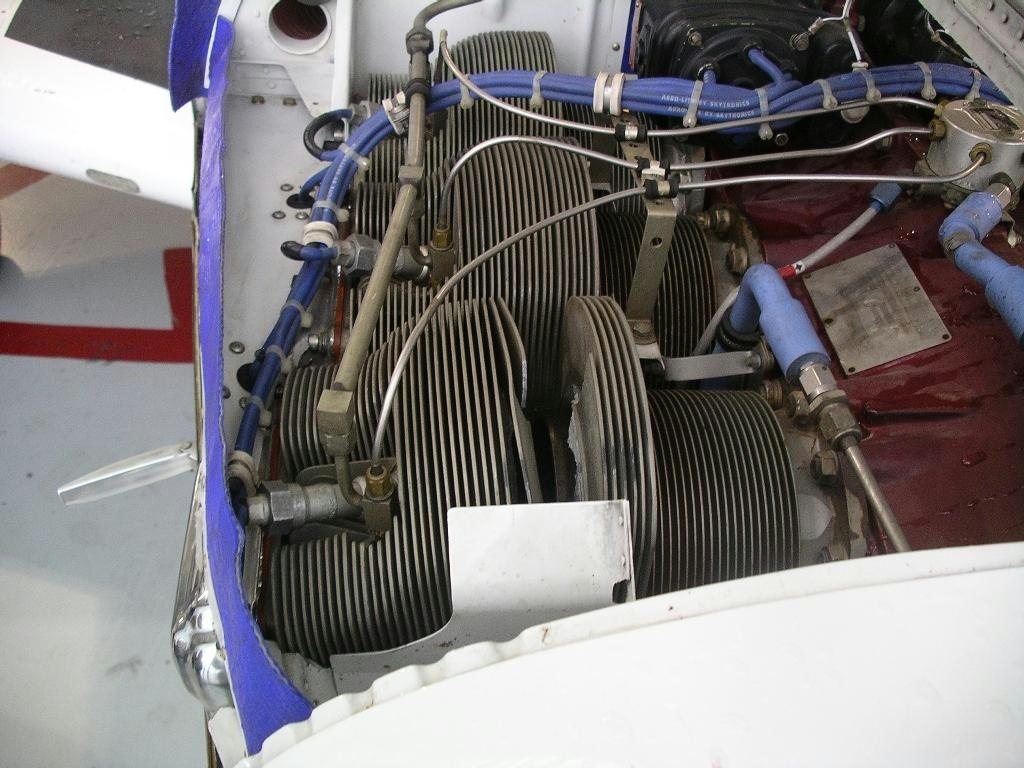
FAA Investigates Shutdowns of Lycoming IO-360 Engines
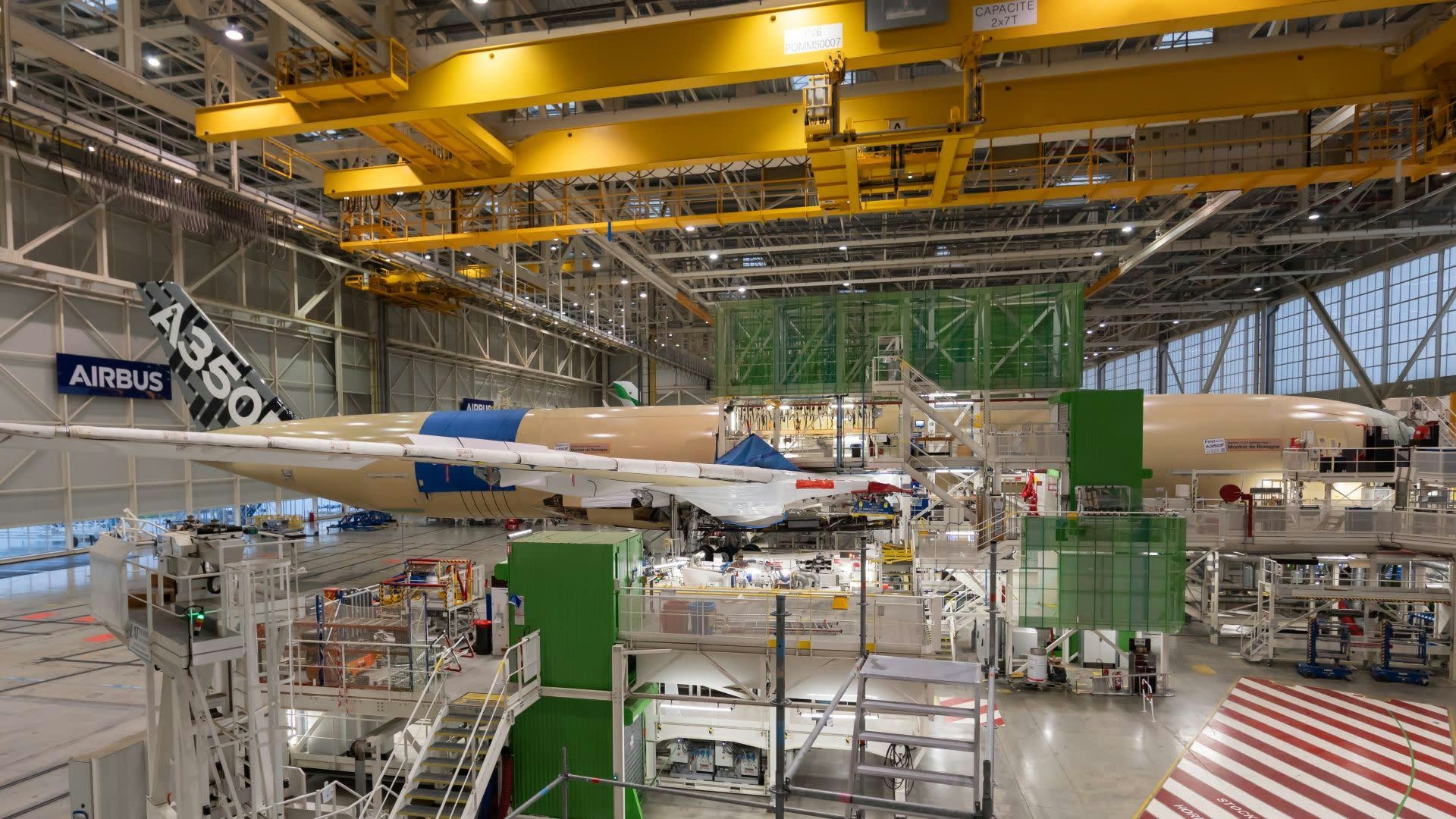
Airbus A350 Freighter Receives Certification
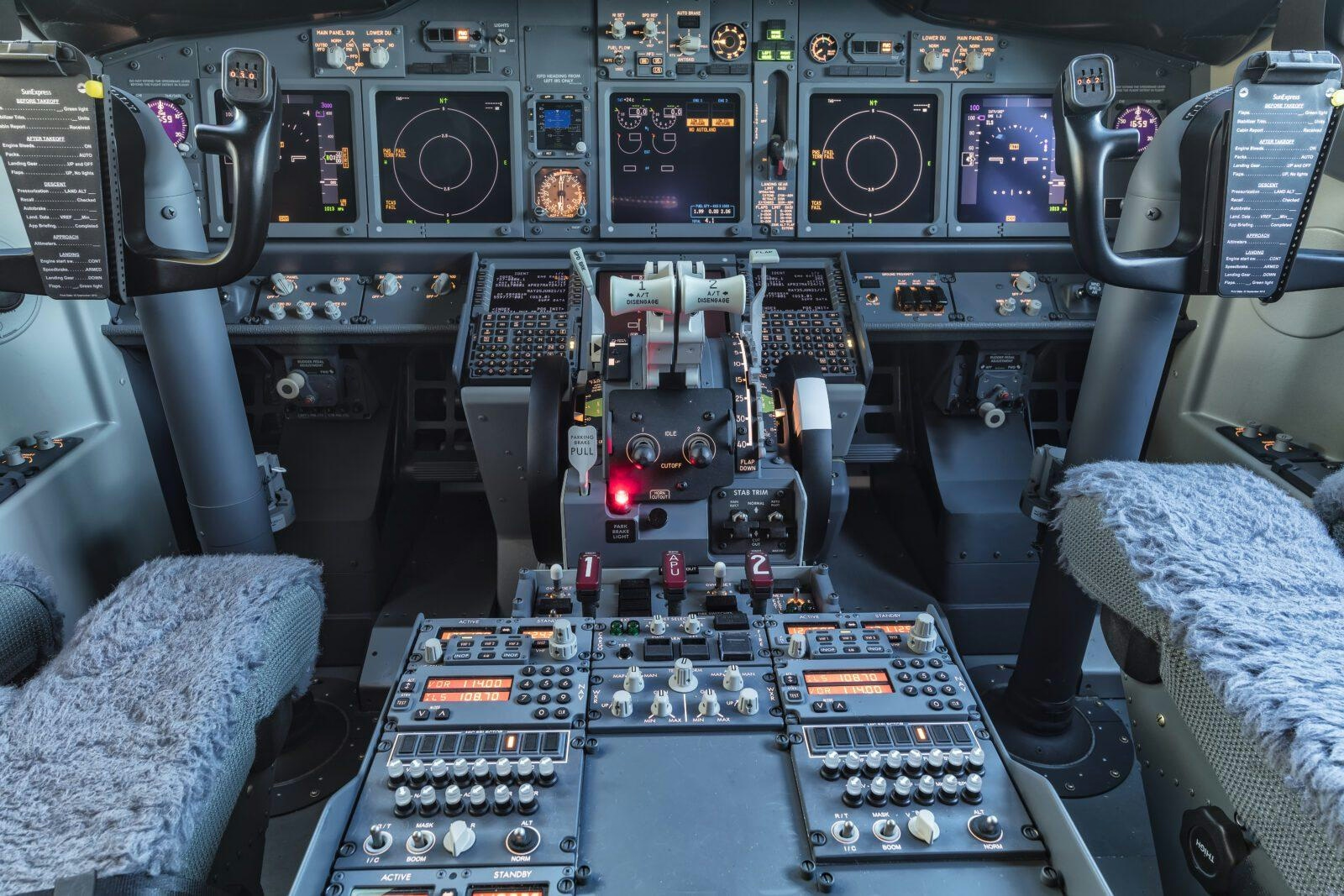
Investigators Examine Theory That Cockpit Sun Visor Caused Boeing 737 Engine Shutdown After Takeoff

Comparing the Fuselage Lengths of the Airbus A350-1000 and Boeing 787-10
